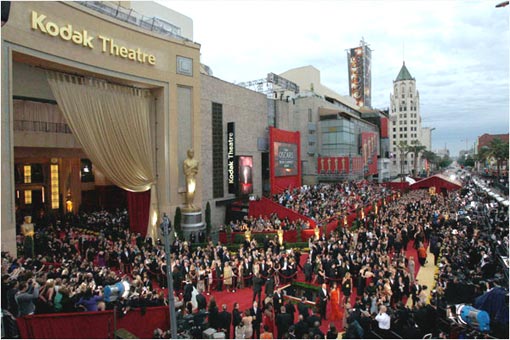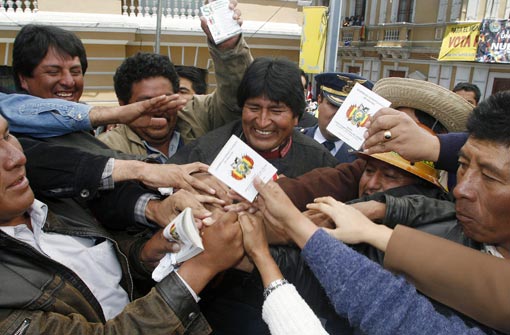You are hereArchive - Feb 2009
Archive - Feb 2009
27 Feb 1915 The Valley of Fear 4th and final Sherlock Holmes novel by Arthur Conan Doyle published

(quote)
On this day in 1915, The Valley of Fear by Arthur Conan Doyle is published in novel form.
Sherlock Holmes had been a popular character since he first appeared in the story “A Study in Scarlet,” published in Beeton’s Christmas Annual in 1887. The thin, highly strung detective with extraordinary deductive powers was modeled partly on Dr. Joseph Bell, a medical school teacher at the University of Edinburgh, where Holmes’ creator studied.
The Valley of Fear is the fourth and final Sherlock Holmes novel by Sir Arthur Conan Doyle. It is loosely based on the Molly Maguires and Pinkerton agent James McParland. The story was first published in the Strand Magazine between September 1914 and May 1915.
(unquote)
Image courtesy gutenberg.net.au The Valley of Fear is the fourth and final Sherlock Holmes novel by Sir Arthur Conan Doyle. It is loosely based on the Molly Maguires and Pinkerton agent James McParland. The story was first published in the Strand Magazine between September 1914 and May 1915.
Wildlife Conservation Society and Goldman Sachs safeguard Chile's Karukinka Nature Reserve, home to 700 plant species and more

(quote)
It is not every day that a Wall Street bank finds itself in possession of a chunk of land 50 times the size of Manhattan, covered in pristine forest, windswept grassland and snow-capped mountains. But that's the position Goldman Sachs found itself in, in 2002 when it bought a package of distressed debt and assets from a US company called Trillium.
The resulting conservation project in the very south of Chile has been hailed by the bank and its partners, a US-based NGO, as an example of how the public and private sectors can work together to safeguard the world's last remaining wildernesses. Chilean environmentalists are more skeptical but, even so, have largely applauded the project.
The story of what is now known as the Karukinka nature reserve dates back to the 1990s when Trillium bought land on Tierra del Fuego - a cluster of inhospitable islands between Chile and Argentina - clinging to the southernmost tip of South America. The company planned to use the land for logging and wanted to cut down the lenga - a type of beech tree found only in this part of the world.
Heavy Heart. 11Mar08 photo. Brazilian Amazon: woman holds naked child, being pushed away from her home by heavily armed

Eviction
An woman holds her naked child while trying to resist the advance of Amazonas state policemen who were expelling the woman and some 200 other members of the Landless Movement from a privately-owned tract of land on the outskirts of Manaus, in the heart of the Brazilian Amazon March 11, 2008. The landless peasants tried in vain to resist the eviction with bows and arrows against police using tear gas and trained dogs.
Winner in General News Singles category, 2008 World Press Photo of the Year.
(unquote)
Photos courtesy of Reuters/Luiz Vasconcelos-A Critica/AE (BRAZIL)
Original Source: Reuters
Snowflakes are science and art: see ice crystals, simple, complex, the basics behind these miniature miracles of Nature

(quote)
Caltech physics professor Kenneth G. Libbrecht has turned his passion for the study of ice crystals into an art form. In his books and website, snowcrystals.com, he breaks down some of the basics behind these miniature miracles of nature
Stellar Plates
These common snowflakes (above) are thin, plate-like crystals with six broad arms that form a star-like shape. Shapes like these form around 28 degrees Fahrenheit, while columns and slender needles appear near 23 degrees. Plates and stars again form near 5 degrees Fahrenheit.

Simple Prisms
Snowflakes are not frozen raindrops (that is better known as sleet). They form when water vapor condenses directly into ice, which happens in the clouds. In their most basic form, snow crystals are hexagonal prisms like the sample, above, but other, more complex forms are famously possible.

Sectored Plates
The simplest sectored plates are hexagonal crystals that are divided into six equal pieces, like the slices of a pie. More complex specimens show prominent ridges on broad, flat branches.
Song & dance, euphoria & sobriety, and a few moving moments at the 81st annual Academy Awards

(quote)
A year after its worst television ratings, the Academy Awards ceremony has been reinvented with a fresh, vibrant yet intimate atmosphere, a welcome change of pace that suited this year's runaway success, Slumdog Millionaire. The Indian rags-to-riches story was snubbed initially by the Hollywood studios but has captured the imagination of the world's cinema-going public, and yesterday it swept an astonishing eight Oscars, including the best picture and best director.

Slumdog's Oscar-winning scriptwriter, Simon Beaufoy, said the award had come at an interesting time in international affairs. "The financial markets are crashing around the world and a film comes out (that) is ostensibly about being a millionaire, (but) it's a film that says there's more important things than money: love, faith and family, and that struck a chord with people," he said.
Bolivia's first indigenous President enacts new constitution, empowers indigenous majority, allows for land reform

(quote)
Bolivia's President Evo Morales has enacted a new constitution that aims to empower the country's indigenous majority and allows for land reform. Mr. Morales is Bolivia's first indigenous president.
On January 25th, Bolivia held a referendum to adopt a new national constitution, one that dramatically shifts the country, reversing discriminatory practices and granting many rights and self-determination to the 36 indigenous nations within Bolivia. After a lengthy count, officials announced that the referendum passed with over 60% of the vote.

Much political and legal work remains to implement the changes, but soon most of the country's natural resources will be state-owned, land ownership will be capped at 12,000 acres, and Morales will be able to run for a second term. President Evo Morales welcomed the constitutional win by saying "Here begins the new Bolivia", claiming the changes would work to "decolonize" Bolivia. read more »





















